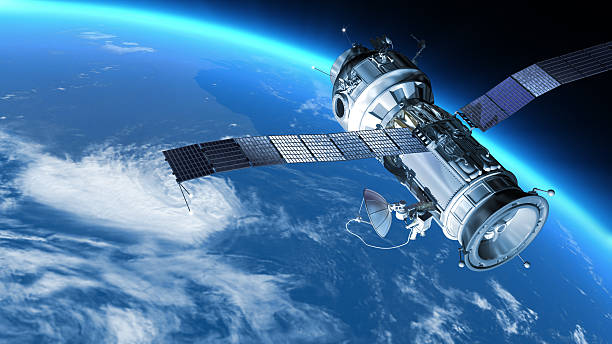
🌍 Starlink
- What it is: A satellite internet service developed by SpaceX.
- Technology: Uses a constellation of thousands of Low Earth Orbit (LEO) satellites, flying at around 550 km above Earth.
- Key Features:
- Low latency (20–40 ms) compared to traditional satellite internet.
- High speeds (50–250 Mbps, depending on location and network load).
- Uses a small user terminal (“Dishy”) and router for connection.
- Designed for global coverage, including rural and remote areas.
- Advantages:
- Fast and relatively stable, close to fiber-like performance in some areas.
- Portable: users can move equipment (RV, ships, aircraft).
- Limitations:
- Coverage still expanding.
- Performance may degrade with heavy congestion.
- Requires clear view of the sky (trees/buildings can interfere).
📡 VSAT (Very Small Aperture Terminal)
- What it is: A traditional satellite internet system widely used for decades.
- Technology:
- Uses Geostationary Orbit (GEO) satellites, positioned ~36,000 km above Earth.
- Requires a dish antenna (0.75–2.4 m) plus an indoor unit (modem).
- Key Features:
- Coverage: Wide-area, stable signal, often used in maritime, aviation, oil rigs, and remote businesses.
- Speeds: Typically 2–30 Mbps, though newer systems can reach higher.
- Latency: High (600–900 ms) due to long distance signals must travel.
- Advantages:
- Reliable, well-established technology.
- Broad availability across oceans and remote regions.
- Limitations:
- High latency makes it poor for real-time applications (gaming, video calls).
- Equipment larger and less portable than Starlink.
- More expensive for bandwidth compared to modern LEO systems.
🔑 Quick Comparison
| Feature | Starlink (LEO) | VSAT (GEO) |
|---|---|---|
| Orbit Altitude | ~550 km | ~36,000 km |
| Latency | 20–40 ms | 600–900 ms |
| Speed | 50–250 Mbps | 2–30 Mbps (typical) |
| Equipment | Small terminal (“Dishy”) | Larger dish + modem |
| Mobility | Portable (RV, ships, etc) | Fixed or semi-mobile |
| Best Use Cases | Homes, rural internet, mobile users | Maritime, aviation, oil rigs, enterprise remote sites |
👉 In short:
- Starlink = faster, lower latency, good for residential and mobile users.
- VSAT = older but very reliable, used in industries where global coverage and resilience matter more than latency.


